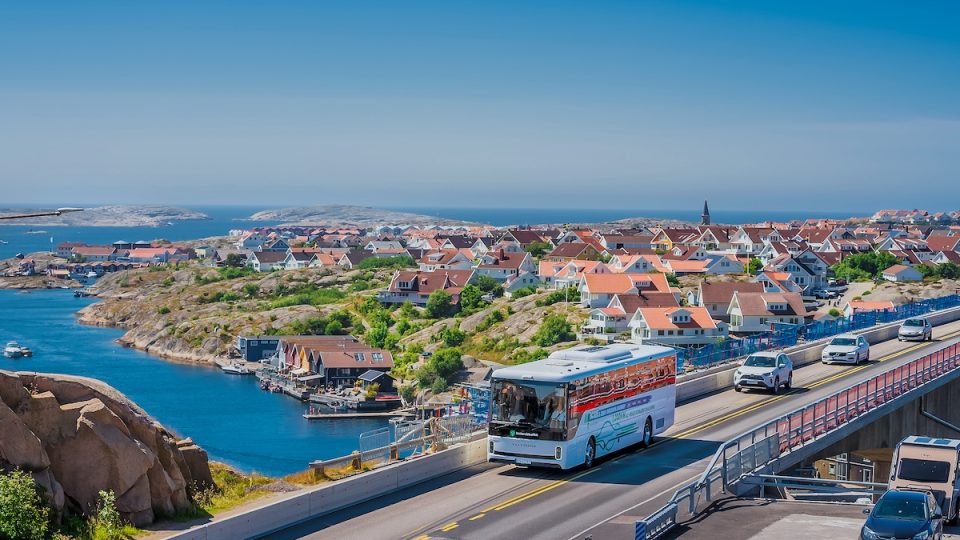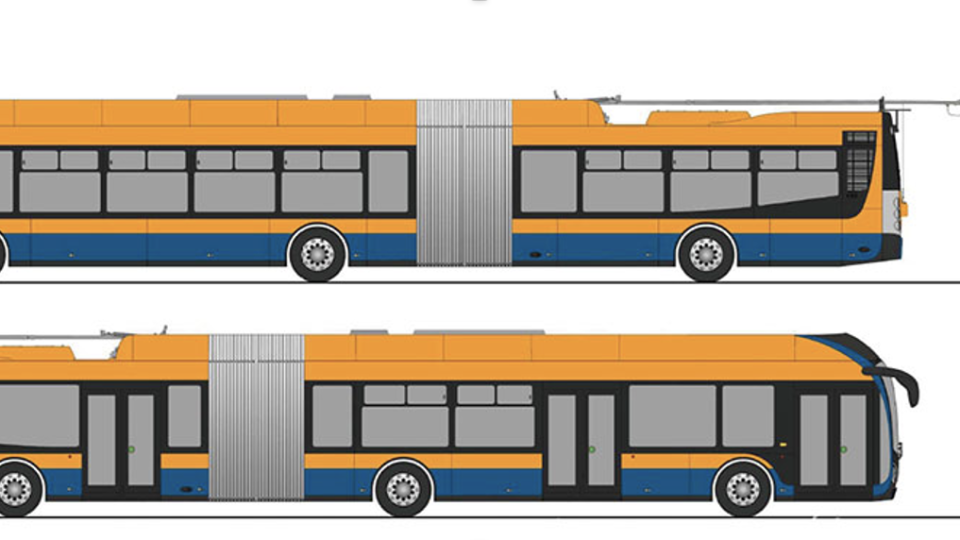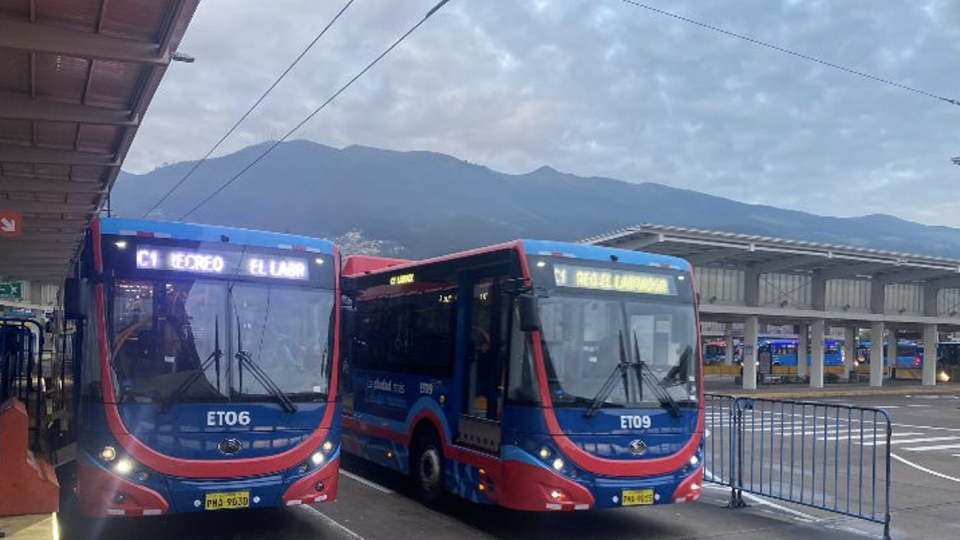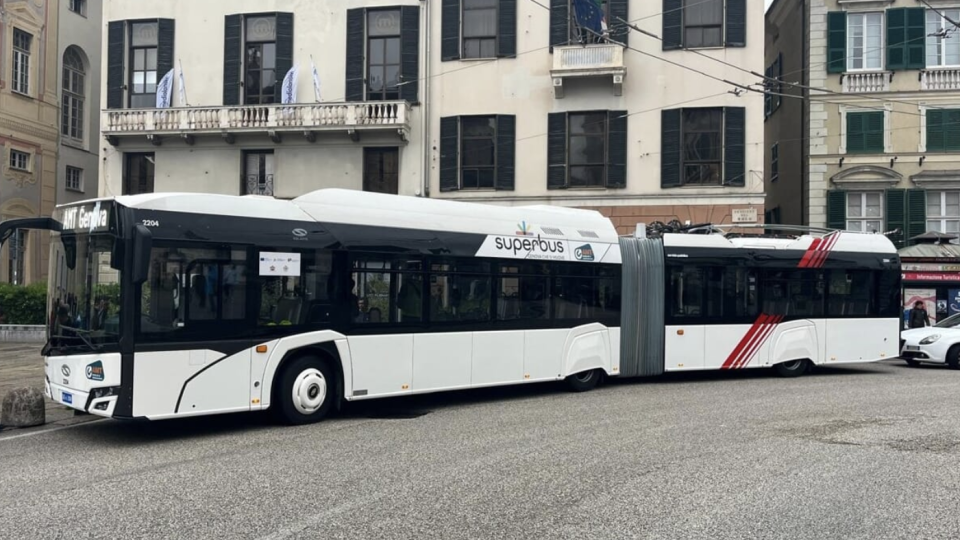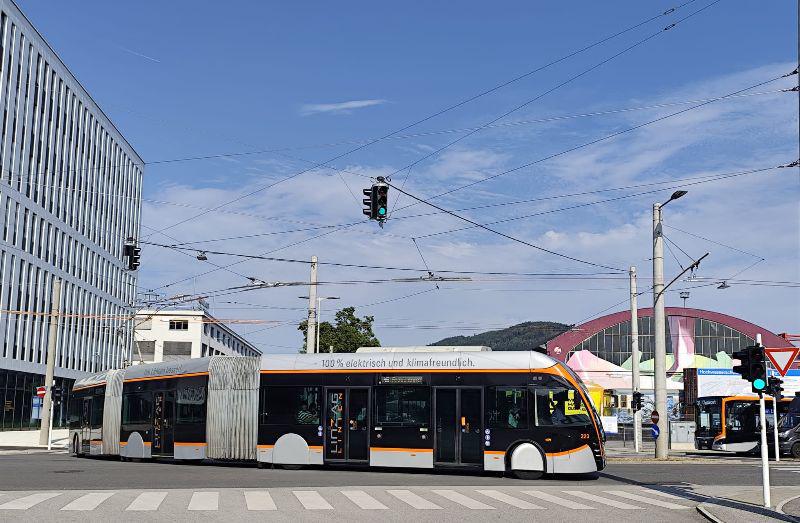Streetcars are back on the Avenida Diagonal: Barcelona towards an integrated tram network
In 2025 Barcelona will have an integrated tram network and no longer two separate networks. The beautiful Spanish city, 1,636.000 inhabitants, capital of Catalonia, in the early 2000s chose the streetcar as a new mode of transport for high-traffic surface routes, and from 2004 to 2008 put into service as many as 6 new tram […]
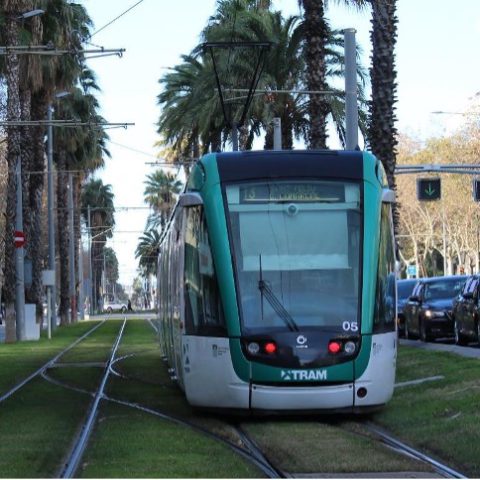
In 2025 Barcelona will have an integrated tram network and no longer two separate networks. The beautiful Spanish city, 1,636.000 inhabitants, capital of Catalonia, in the early 2000s chose the streetcar as a new mode of transport for high-traffic surface routes, and from 2004 to 2008 put into service as many as 6 new tram lines over two separate networks:
- Trambaix network, opened in 2004, that develops for 14.8 km, includes lines T1, T2, T3, which operate from the center towards Llobregat, intercepting the University Zone, Hospital San Joan Despi, subway stops and regional train service (particularly at Cornelià Centre), with 29 stops available. The Trambaix network has 23 Citadis 302 streetcars, manufactured by Alstom, 32 meters long, with green and white “Barcelona” livery.
- Trambesos network covers 13.8 km and includes 3 lines (T4, T5, T6, with interchange at Plaça de les Glòries Catalanes), serving the suburbs to the north – east. Line T4 was opened in May 2004, T5 between October 2006 and September 2007, and T6 on June 15, 2008. The Trambesos network intercepts the Ciutadela /Vila Olimpica (the terminus of the T4 line), the National Theater, and again metro stops and regional rail service. The network has 27 stops and 18 Citadis 302 cars available, basically similar to the Trambaix network.
Completing the network is the Tramvia Blau (Avinguda Tibidabo – Funicolar de Tibidabo), 1.1 km long, which is the last section of the old network, closed in 1971, and on which historic cars are used.
A modern network, very well integrated with the other rail modes and with Barcelona’s road network.
Barcelona tram network becomes integrated
With one small limitation, however: the two networks are not connected, and the lack of connection limits further developments and flexibility of the tramway network. Within three years, though, the problem will be fixed. In fact, construction of the new 3.92-kilometer long section of the line on Avenida Diagonal between Plaça de les Glòries Catalanes and Plaça Francesc Macia’ began a few weeks ago.

Since 2006, there had been talks of linking the two networks; according to a study at the time, it was estimated that the new section on Avinguida Diagonal, would alone have a load of about 76,000 passengers / day.
The agreement between the ATM transport authority, the Generalitat de Catalunya, and Barcelona City Council calls for an investment of €168 million for the construction of the new line and for a redevelopment of the Avenida Diagonal. The first section will open as early as 2023 and the work will be completed in 2025. The reintroduction of the tramway in Avenida Diagonal will allow greater accessibility to the area and certainly greater livability, with the ultimate goal of reducing the use of private cars.
Trams on the Avenida Diagonal of Barcelona
The tram line will be placed both in the center of the avenue and in side paths; cars will have only two lanes in each direction; bike lanes, green spaces, pedestrian walkways will be dominant. The streetcars in this new section will no longer be powered via the overhead line, but a ground charging system.
The united tramway network will certainly undergo reorganization, and its nature, no longer serving only the suburbs with radial lines but crossing the center of Barcelona, with new diametrical lines, will allow an increase in flexibility. At the same time the fleet will be renewed, with new trams equipped for both overhead and ground charging.
By Stefano Alfano
Source of the opening picture: Railwaygazette.com

